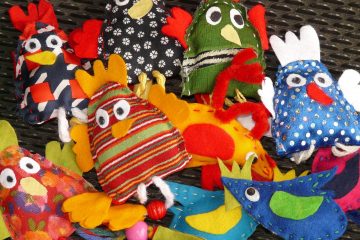A little while ago I made a post about pleasure reading that elicited a few comments from Bethanie:
-
 Bethanie said…
Bethanie said… -
Could you elaborate on what you do with the reading guides/palabras claves? I would like to incorporate more long reading into my classes in addition to the shorter pieces I already use, but struggle with some of the same things you mentioned.
Also, if you could select books for levels 1 and 2, what would you pick?
Thanks!
-
Sarita said…
-
Hi Bethanie! Now I just hand the students the guides/palabras claves and they turn them in on the due date. A couple of tips that are important, I think, are 1) to reduce frustration, read together at first to teach them how to find the important things without looking up every word (make sure you understand subject/verb, leave the sentence as soon as you have the gist of it, leave the paragraph as soon as you have the gist, understand every part of a sentence when you know the answer to a ? is there); 2) give them the page numbers of the answers to the questions and make sure they’re chronological; 3) give a list of high-frequency words from the chapter that they’re not likely to know; and 4) rehash the chapter in a TPRS/circling way when they turn in the guide to gauge who understood what.
As for books for lower levels, have you seen the TPRS books by Blaine Ray et al? You can start here. Good luck! -
 Bethanie said…
Bethanie said… -
Hi Sarita,
Thanks for your response. I have a few of the Blaine Ray novels, and I think they are a great idea to consider. I find teaching this type of reading to be a greater challenge at the lower levels (1-2) than at the upper levels (3+), so I appreciate the ideas that you’ve shared.
When I first started giving my students stories with comprehension questions as assessment, I remember wishing there were more available for free on the internet, especially for lower-level students. I’m still not aware of anyone publishing or offering such stories on the internet, but at least I’d like to offer mine to Bethanie and anyone else who wants to use them. A few notes about them:
1-I believe that students pay more attention with a lower affective filter (and therefore acquire more) if the stories are interesting, funny, weird, or all of the above.
2-Long stories are frustrating so none is longer than 1 page.
3-Sorry for any mistakes/misprints. Feel free to make them your own.
4-They deliberately use vocabulary my students learned in that particular quarter. You may want to replace words to match your students’ vocabulary.
5-The stories that are one page long with questions on the other page, I scored as tests.
6-There are a couple of stories I wrote for them to answer questions on (quiz grade) and then they filled in blanks with different details to make the story their own (daily grade) and exchanged with another student(s) who answered the questions based on the new story (quiz grade).
Level 1 stories
Level 2 stories
Hope you find them useful!
3 Comments
Comments are closed.




Muchas gracias!
No problem and I fixed your name in the post… no idea why I did that… it was weird. :-/
I like this idea… I'm going to modify it for my class. Thanks so much for sharing!